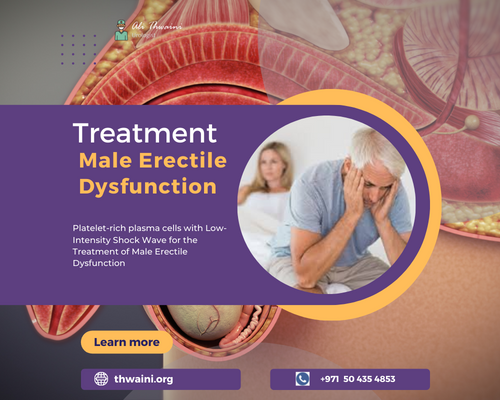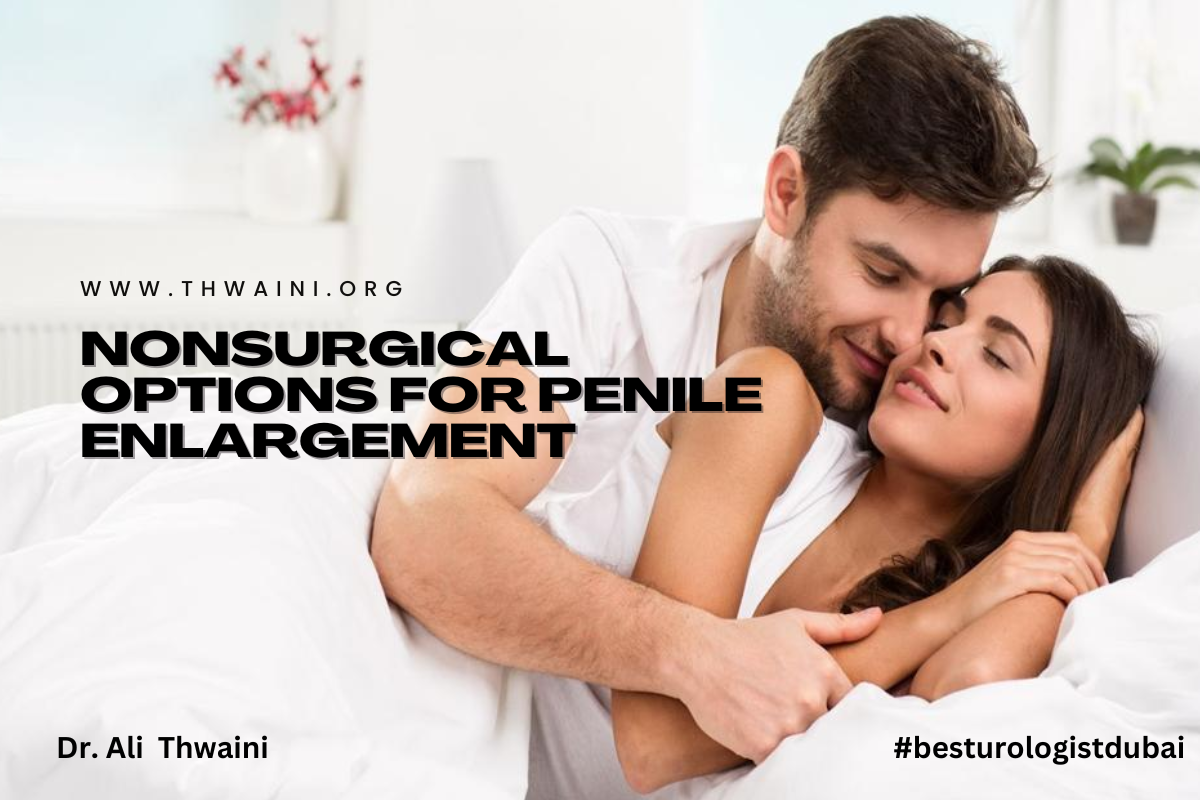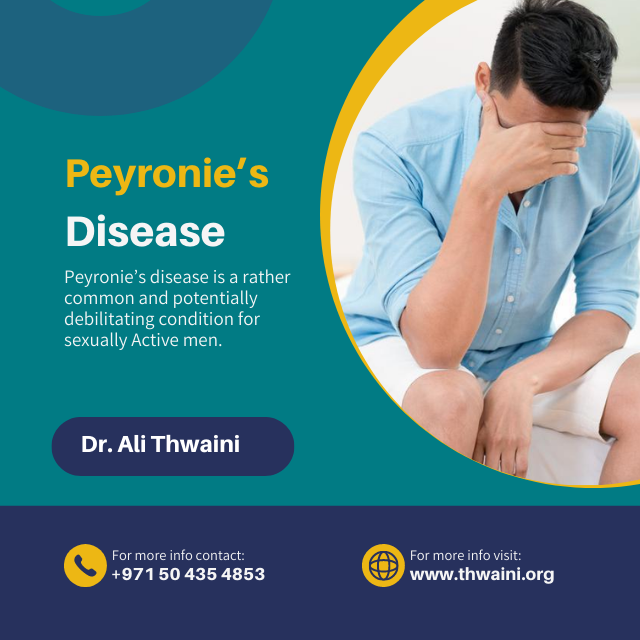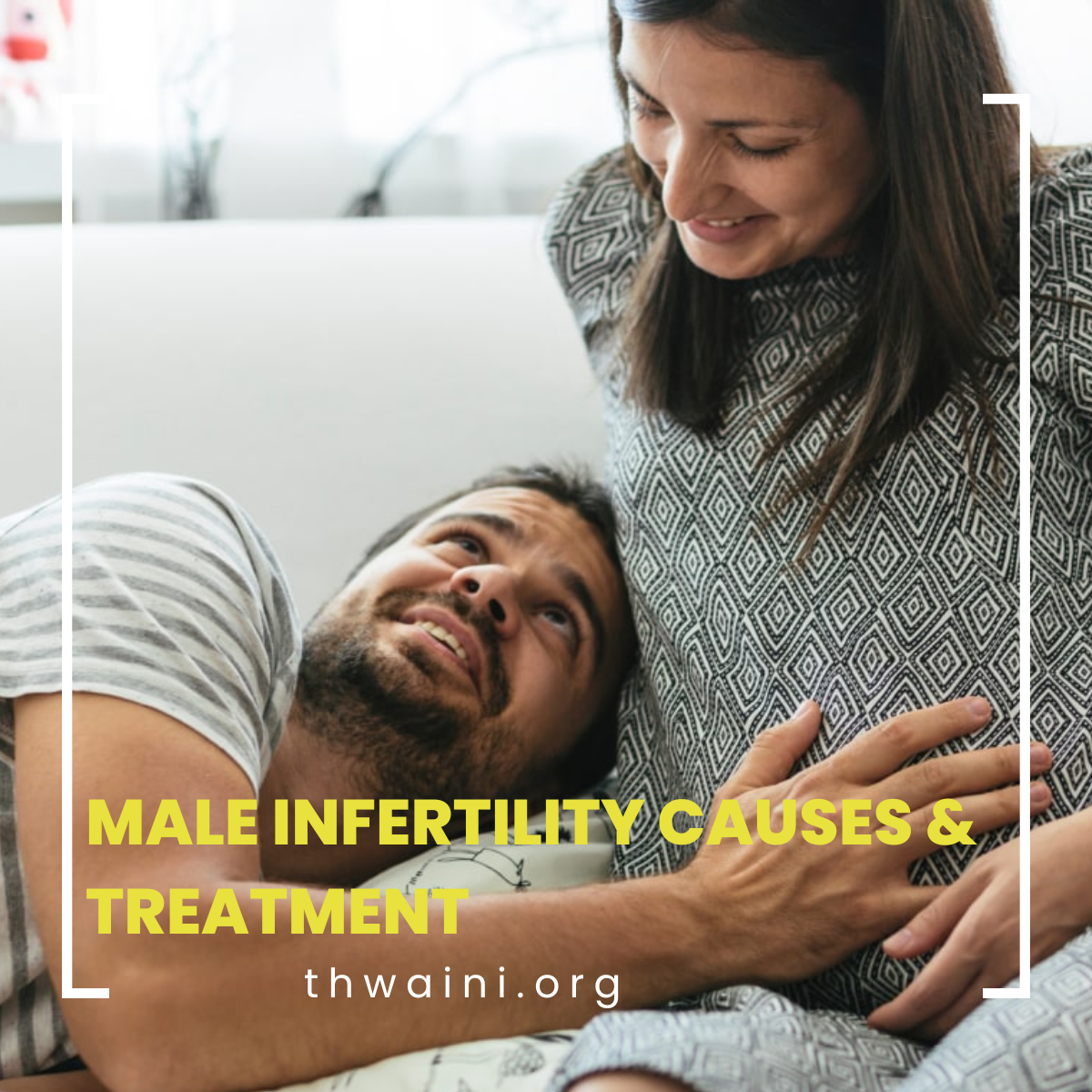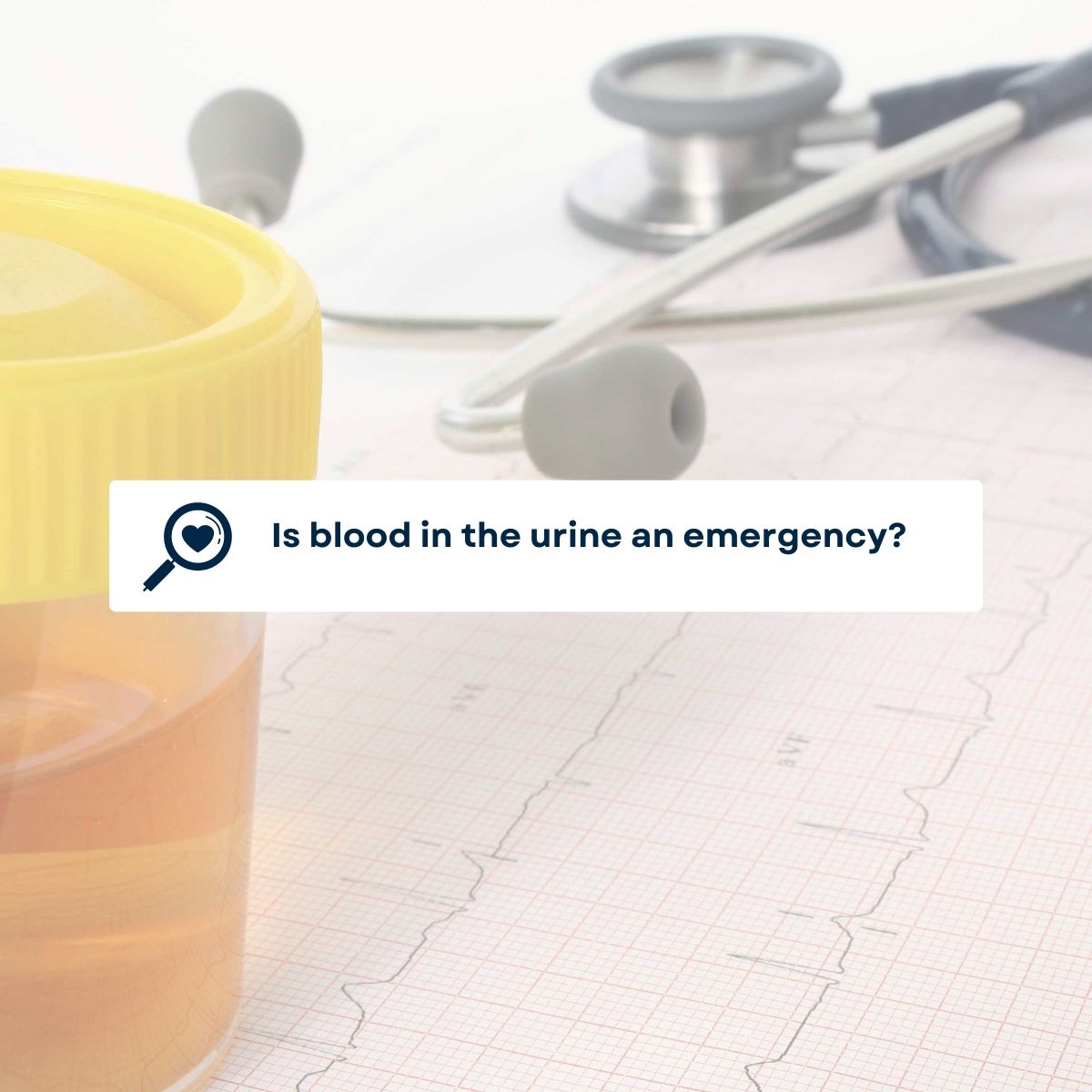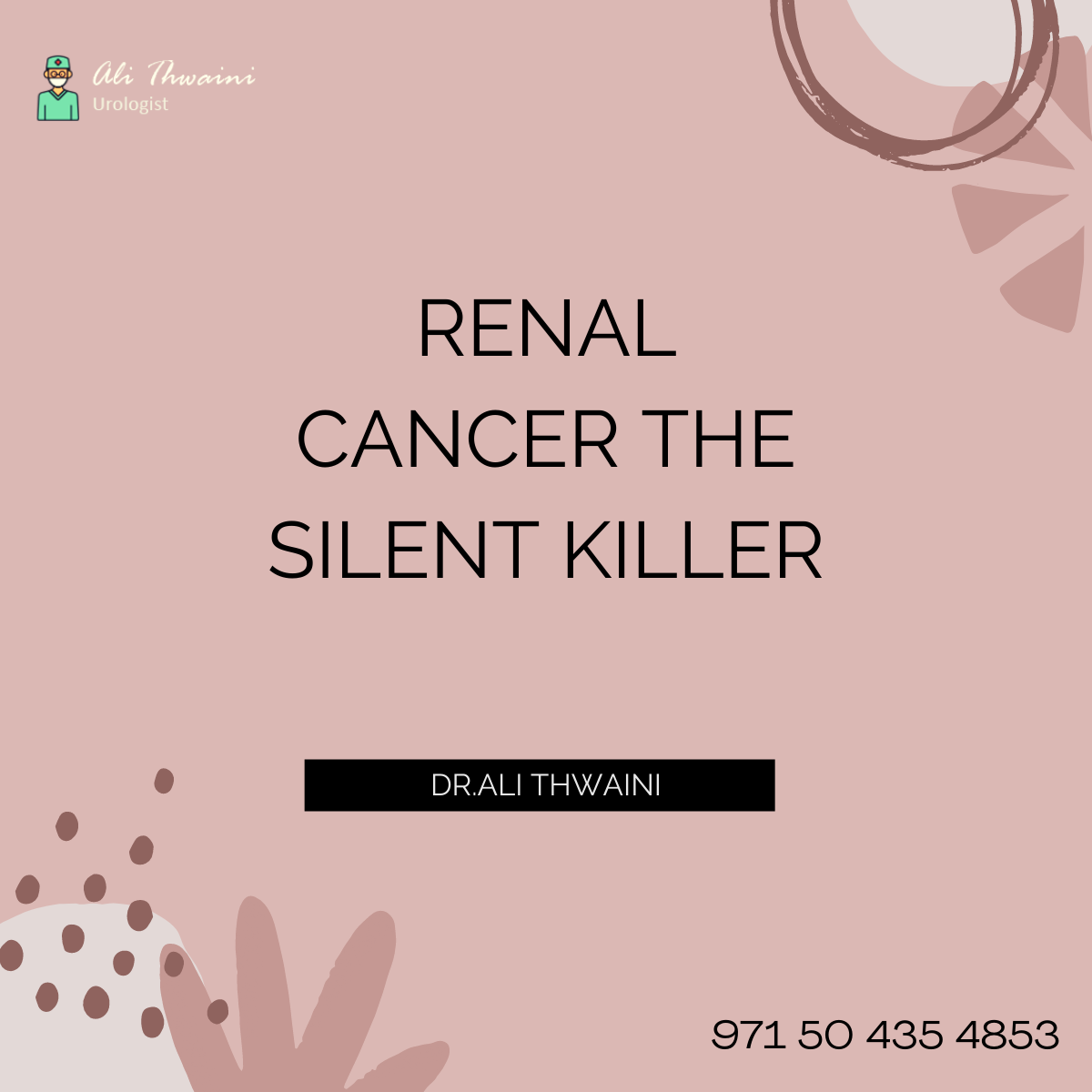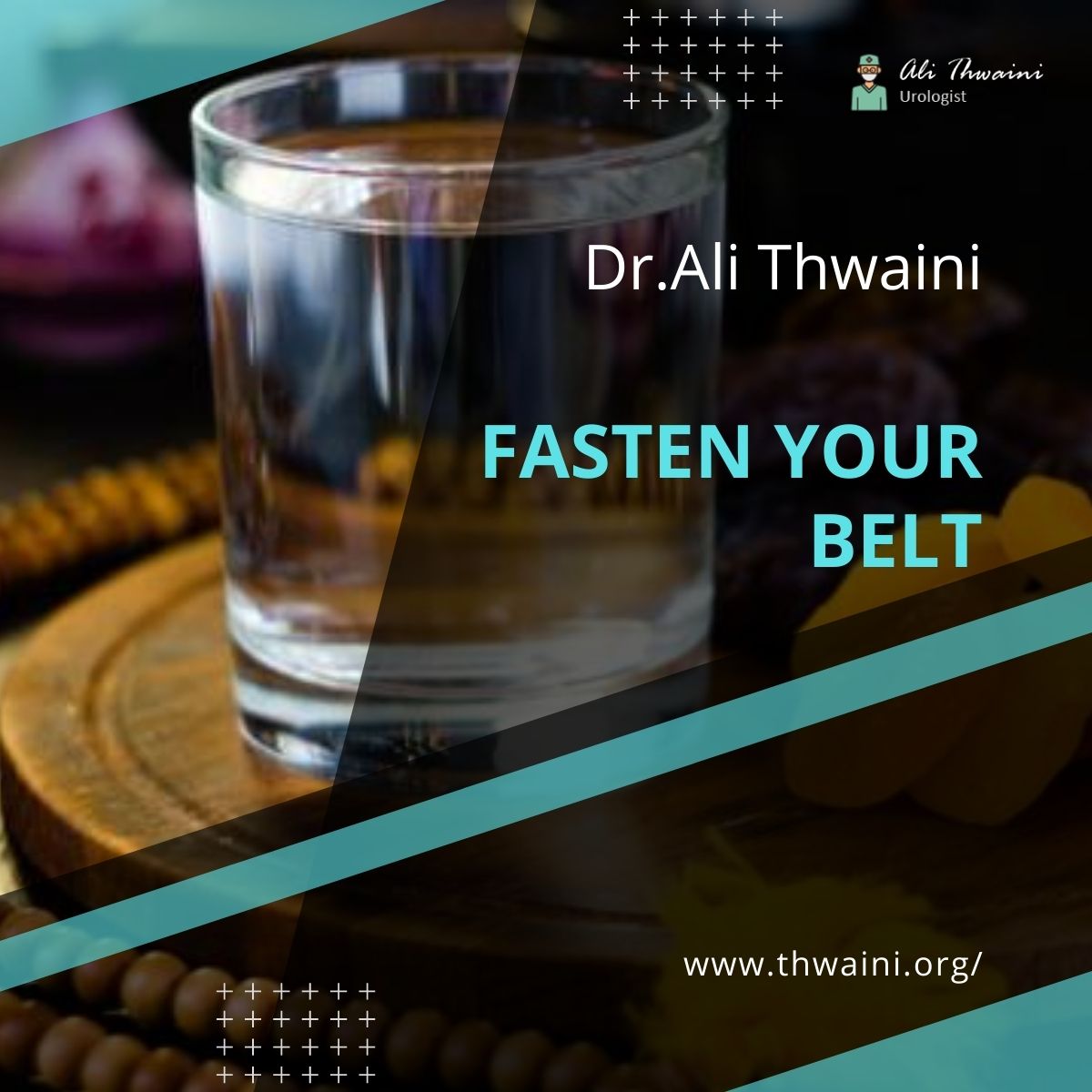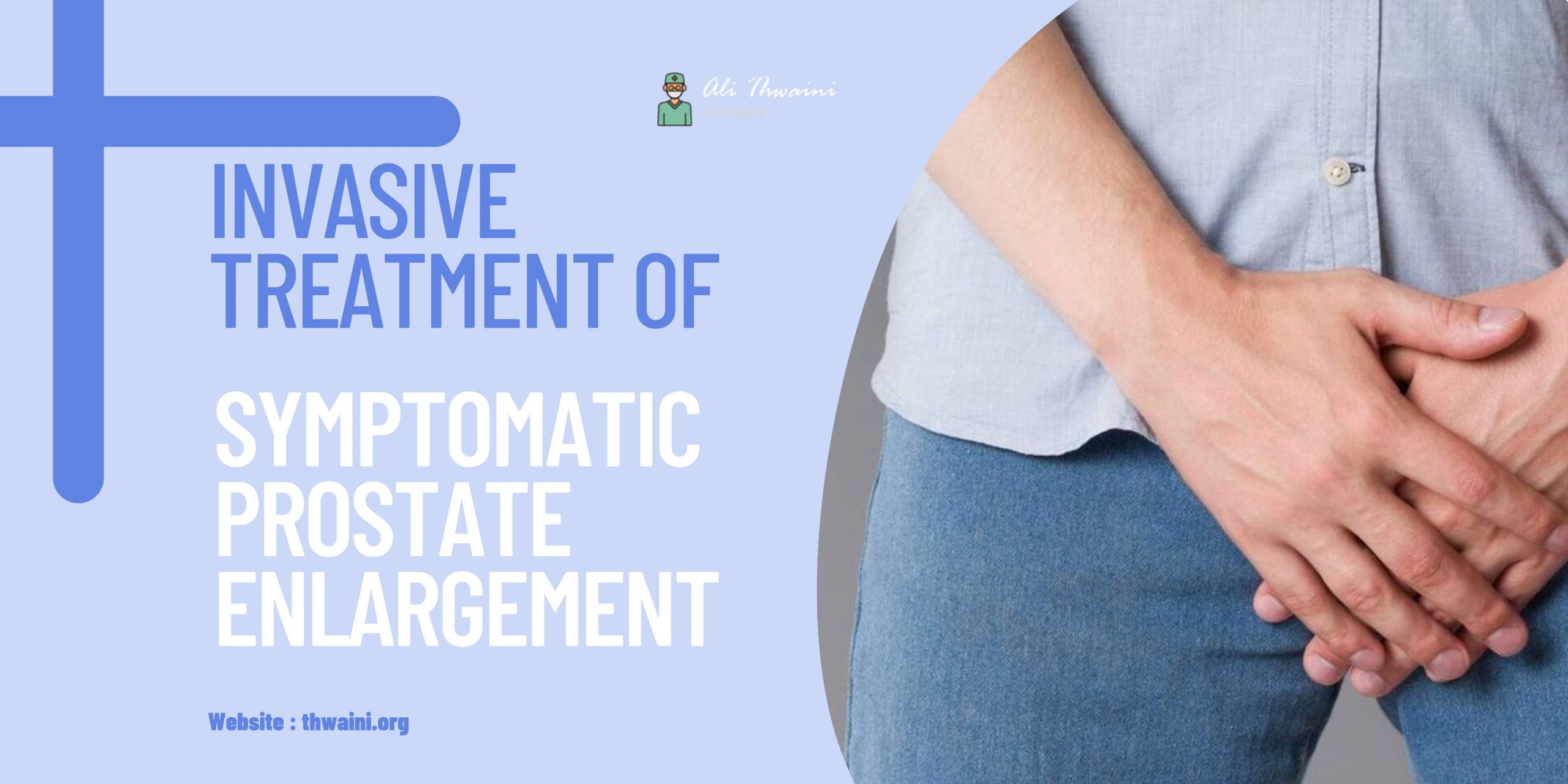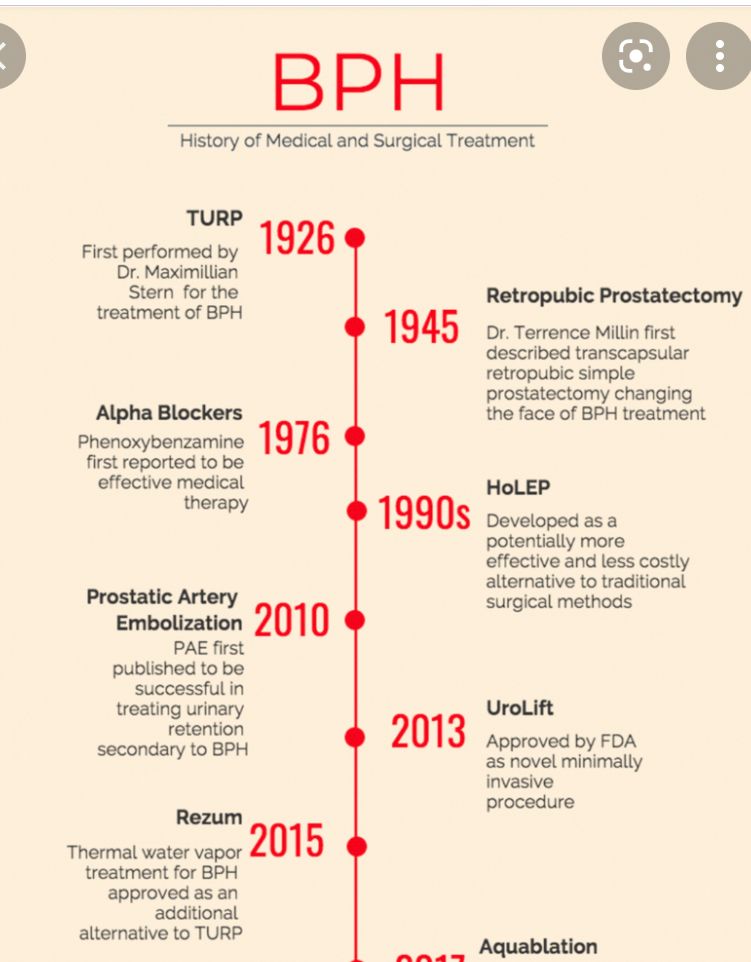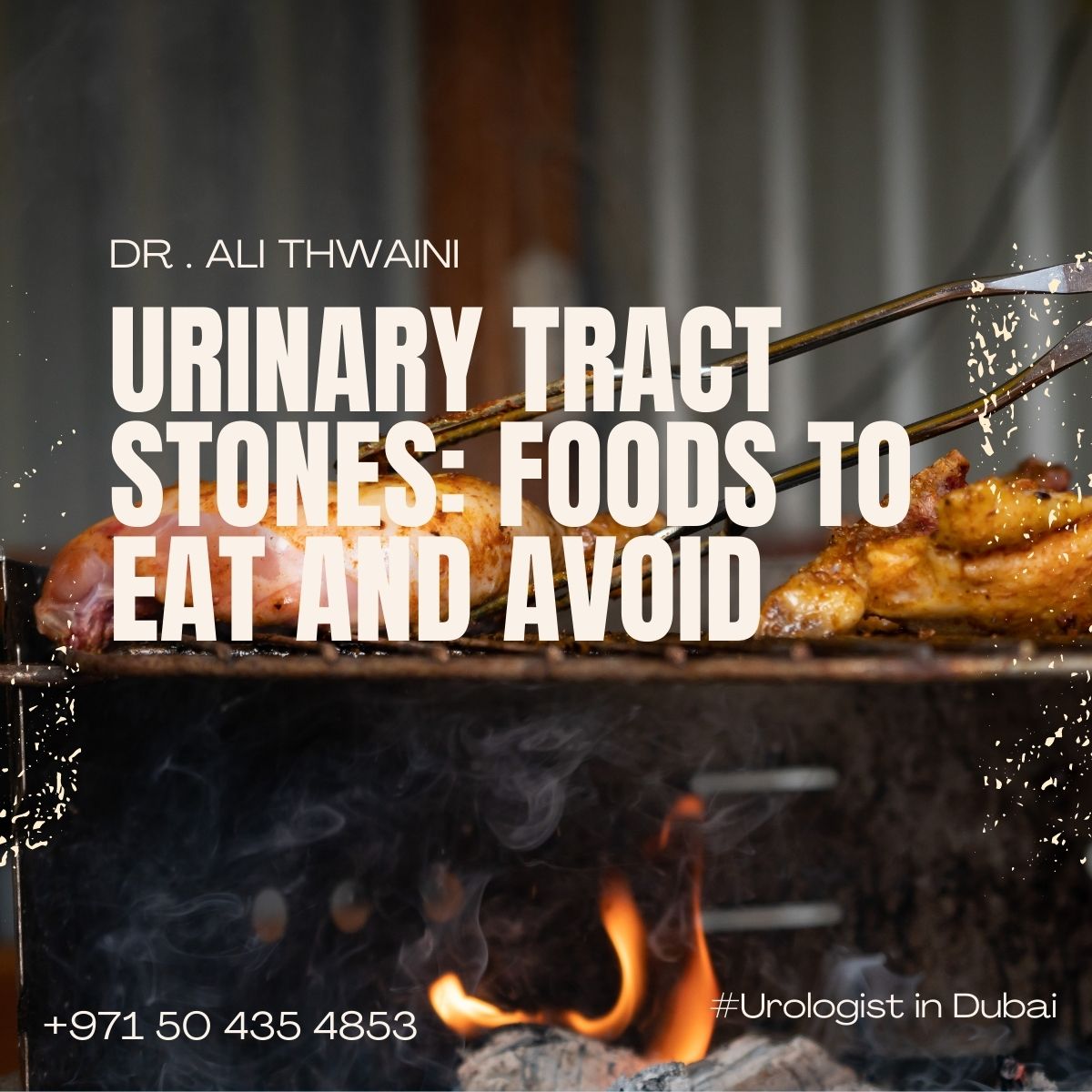Background
Male erectile disorder is becoming an endemic entity with more than 40% of men at the age of 40 being affected by this condition.
There are several aspects that led to this abundance. Mainly, the adoption of a sedentary lifestyle and associated medical conditions like diabetes and hypertension. This is obviously associated with bad social, habits such as smoking, and excessive drinking.
Thankfully, medical treatment has evolved in the past three decades to solve this problem, largely, however, many men feel stigmatized by their dependence on these tablets to maintain, and potentially improve their sexual function, and increasingly men are seeking natural and more durable solutions to cure the current problem and restore their manhood.
The human body is a dynamic entity with cells ever regenerating and replacing the dead ones. Different parts of the body regenerate at different rates, and the fuel for that process is normally the stem cells and other associated factors.
While these are mainly of embryonic origin. Recent evidence, however, showed the abundance of the cells and adults as well, mainly from the fat cells, and the bone marrow.
The utilization of cells in various aspects of the body is a novel field with very promising results.
One of the aspects of regenerative medicine is the utilization of platelet-rich plasma, cells to treat various clinical conditions.
Please let rich plasma contains mainly the liquid portion of the blood that contains various growth factors in addition to an important component of the blood cell. Platelets. For their clotting abilities, however, they contain a significant amount of growth factors that will help repair and regeneration. Of various injured organs.
To increase the concentration of the cells we tend to centrifuge the body at various speeds. This leads to the separation of the important components that can be utilized later for treating various conditions of which erectile dysfunction is one.
Since this is an oval technology, there has been a lot of skepticism us to the scientific application and the success of this procedure.
However, recent, emerging evidence, published and a midline journal, provided a good demonstration to the success of this procedure. Researchers did a prospective trial on 60 patients equally randomize between two groups.
Those who received PRP showed significant improvement of their sexual function as opposed to the placebo group.
Low-Intensity Shock Wave Therapy (Li-ESWT)
This relatively new modality of treatment is gaining acceptance with encouraging intermediate-term results, as proven by their approval as part of the urology guidelines.
Shock waves appear to induce micro trauma to the tethered tissue hence, stimulating vascular flow and erectile function and one possible mechanism of action is through an endogenous stem cell-mediated regenerative effect. This microtrauma not only stimulates the local regenerative process, but the resultant signals act as a lighthouse for the ADCs to reach and synergistically enhance the local regenerative and repair process in the penile corpora.
Future studies are needed in the form of placebo-randomized trials to establish better the effects of platelet-rich plasma, cells combined with shock waves on ED.
References:
Platelet-Rich Plasma (PRP) Improves Erectile Function: A Double-Blind, Randomized, Placebo-Controlled Clinical Trial
Evangelos Poulios et al. J Sex Med. 2021 May.

